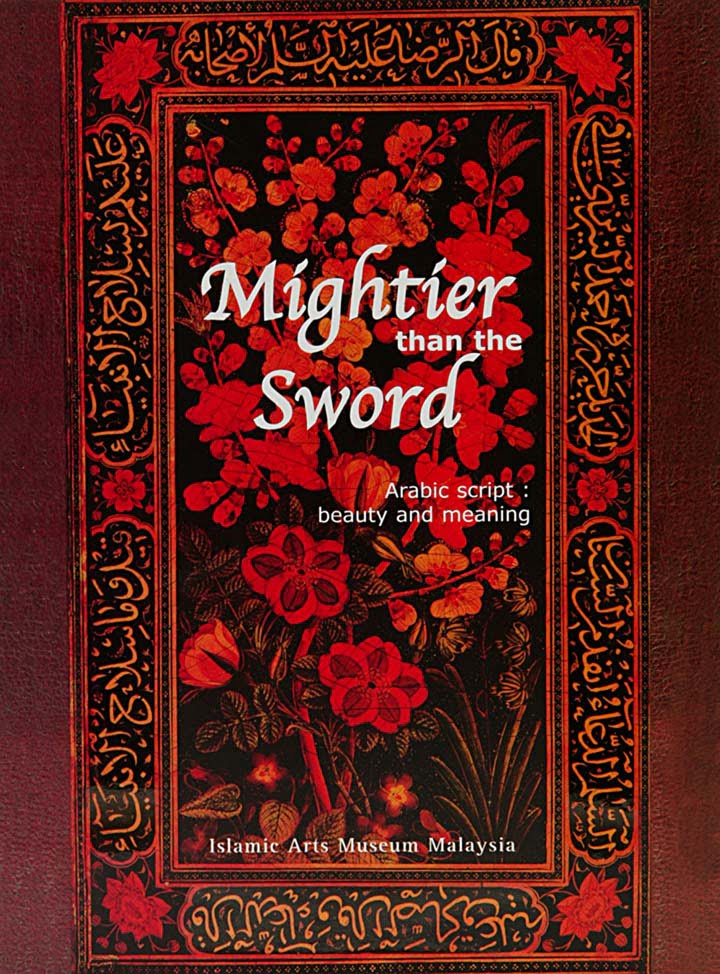

22 April 2004 – 22 July 2004
Arabic calligraphy: its beauty and meaning
Touring exhibition from the British Museum. In association with the Islamic Arts Museum Kuala Lumpur
The phrase 'The pen is mightier than the sword' has become a universal expression of the power of the written word. In Islamic culture, Arabic script is important because it is the language in which the holy book of Islam, the Qur'an, was revealed and subsequently written down. This has given Arabic script a unique significance in Islam and, as a result, it has also become one of the defining features of Islamic art.
This exhibition will be officiated by His Royal Highness Sultan of Selangor, Sultan Sharafuddin Idris Shah Ibni Almarhum Sultan Salahuddin Abdul Aziz Shah Alhaj on 22nd April 2004. Drawn from the magnificent collections of the British Museum and the Islamic Arts Museum Malaysia; this exhibition features approximately 100 items from each collection, making this exhibition one of the most comprehensive displays on Islamic calligraphy. The pieces, dating from about the 9th century to the present, range from historical objects to contemporary artworks. Utilising a variety of different materials – ceramics, metalwork, stone, paper, coins and textiles – the objects selected tell the story of the origins, development and ongoing influence of the remarkable Arabic script. The display offers a perspective on the breadth and diversity of the religion and culture of Islam.
Mightier than the sword considers the nature and spread of Islam, showcasing fine objects that highlight the unique importance of the Arabic script in the Qur’an. The development and diversity of Arabic script will also be examined in non-Islamic cultures.
The works have originated from the heartlands of Islam throughout the Middle East and Africa to Southeast Asia and China. The items that the IAMM will be showcasing include an exquisite child’s jacket from Ottoman Turkey woven with Qur’anic verses, dazzling inscribed Alhambra-style vases from Spain, and a delicate gold and lacquer painted bookbinding signed by Ahmed Nayrizi – a master calligrapher of 18th century Iran. Also on display will be numerous outstanding metalwork objects from 13th century Khorasan, 15th century Egypt and Syria, and the 19th century Malay world.
Highlights from the British museum include beautiful objects such as a 14th century Syrian brass pen box inlaid with silver and gold, several tombstones, inscribed ceramics, and popular items such as amulets, magical texts and magic bowls that bring the owner good fortune or protection. Intricate and colourful star and cross lustre tiles used in the interior decoration of secular and religious buildings in 13th century Iran will be a feature of the display.
Another highlight is a miniature painting of a calligrapher by the renowned Safavid painter Reza Abbasi displayed alongside calligraphers' tools such as ink wells, pen boxes, scissors, pen rests, spectacles, and blackened siyah mashq (practise sheets).
The exhibition also looks at the new art vocabulary developed in the spread of Islam in China and Southeast Asia. The fusion of local culture and the Arabic script resulted in new styles of script- such as Sini (Chinese) script - and new motifs such as the bunga teratai (lotus flower), bunga tanjung (a type of small, scented flower) and the gunungan (vegetal composition) that appeared on Qur'anic illumination, textiles and woodcarvings. The IAMM will also take this opportunity to unveil several exquisite Malay Qur’ans from its collection, previously unseen by members of the general public.
The exhibition culminates with a look at the influence of the Islamic calligraphy on the arts of the contemporary calligrapher. Featured here, are works by contemporary Malaysian artists and winners of the Manifestasi Seni Khat Negara calligraphy competition. They are a blend of traditional Arabic calligraphy with indigenous Malaysian art forms, typified by Tahirruddin bin Jamaluddin's use of batik as a backdrop to his flowing calligraphic composition.
This exhibition provides a unique opportunity to celebrate the beauty of the Arabic word, sanctified by Islam and spread by adoption from North Africa to the Malay World. It offers a glimpse of one of the great universal achievements of Islamic civilisation.
The British Museum is committed to bringing its collection to as wide an audience as possible throughout the world by means of innovative exhibitions such as this unique collaboration between the British Museum and the Islamic Arts Museum Malaysia. A version of the exhibition was first shown in the British Museum and has since travelled around venues in the UK and elsewhere, including Melbourne, Australia, where it was sponsored by the Altajir Trust.
This exhibition would not have been possible without the generous sponsorship of HSBC Bank Malaysia Berhad, the co-presenters of ‘Mightier than the Sword’; as well as RWE Power International; the British Council Malaysia and Malaysia Airlines. In addition the Islamic Arts Museum Malaysia is grateful for the ongoing support of the British High Commission, the press and media, and the general public.
The publication Mightier than the Sword is available at the Museum Shop, please click here for more information.
